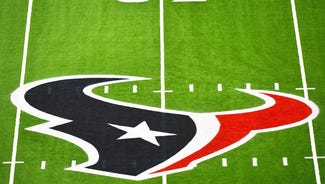





































































































































Concussion settlement explained
Let's delve into the $765 million head injury lawsuit settlement between the NFL and more than 4,500 former players:
Who does it affect?
An estimated 18,000 former players. In short, any player who is retired as of the day the judge signs the preliminary approval, which is expected within 30 to 60 days.
How will it work?
Any retired player can enroll in the program, which would begin with a neurological and cognitive assessment. If a former player exhibits a certain level of impairment, he is eligible for immediate medical care. If the player is suffering from a severe disease, such as ALS, multiple sclerosis, Alzheimer's or dementia, he can apply for a settlement that could be as high as $5 million.
Will everyone get the same amount of money?
No. There is a formula established in the settlement that takes into account the length of time a player was in the league and his age. For example, a player who is in the league 10 years and becomes ill at age 40 will be eligible for more money than a player who is in the league two years and is diagnosed at age 65. Individual payouts would be capped at $5 million for men with Alzheimer's disease and $4 million for those diagnosed after their deaths with a brain condition called chronic traumatic encephalopathy (CTE) and $3 million for players with dementia.
How long does the agreement last?
Sixty-five years, ensuring that players who have just retired will be taken care of even if they don't exhibit symptoms for decades.
Does a player have to prove he suffered a concussion or other head injuries while playing in the NFL to be eligible?
No. He has to prove only that he has symptoms of a neurological or cognitive disorder.
Does the settlement affect former players' benefits under existing programs?
No. Players receiving benefits from the 88 plan -- established in 2007 for John Mackey to pay for nursing home or adult day care and now offered to other former NFL players suffering from dementia or Alzheimer's -- or any other program will continue to receive those benefits outside this settlement.
What if former players don't want to participate in the program and bring individual lawsuits?
They have that right, but they wouldn't have the collective might of a class action lawsuit. They also could lose. And, in any case, there would be a delay in treatment if they needed it.
What if a former player is fine today but develops neurological symptoms 20 years from now?
He will be able to apply for benefits. Those benefits will be increased based on inflation -- so a disability that is judged to be worth $3 million today will be adjusted for inflation so that settlements in future years are worth the same amount of money in real dollars.
Does this resolve all aspects of the lawsuit?
No. The suit also named helmet manufacturer Riddell, and it is not part of the settlement.
When will payments to former players be made?
If the settlement receives final approval, and appeals have been concluded, the NFL will pay about 50 percent of the settlement amount over three years, and the balance over the next 17 years.
The settlement includes $10 million for research and education. Where will that money go?
Some will be spent on brain injury research and some will be spent on programs. For example, teaching young players proper tackling techniques aimed at reducing their risk of suffering serious on-the-field injuries.
Did the NFL acknowledge hiding information from its players on the long-term effects of concussions?
No, the agreement doesn't imply anything about the position of either side. It only means the parties agreed to put the suit behind them, get help for players who need it now and work to make the game safer.

2024 NFL mock draft: 4 QBs in top 5, 4 receivers in first 10 picks

5 Bold Predictions for 2024 NFL Draft: Texas DT Byron Murphy a top-10 pick
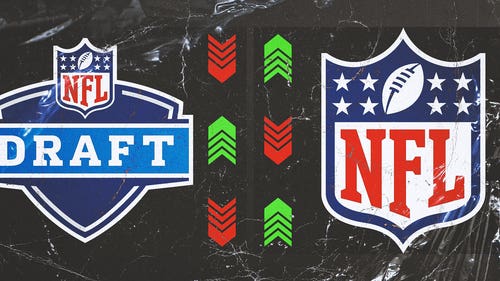
The art of NFL Draft misdirection: How teams use subterfuge to hide their plans

2024 NFL Draft Schedule: Date, time, how to watch, TV channel
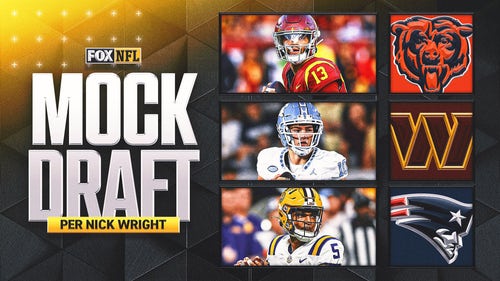
2024 NFL Draft: 5 QBs drafted, Jets add Bowers in Nick Wright's final mock draft
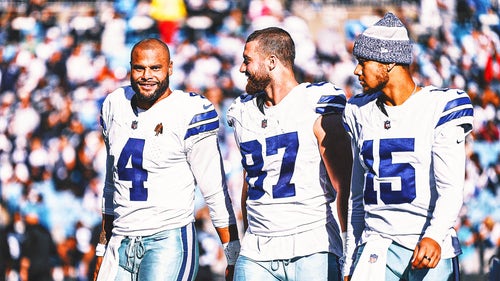
What are Cowboys’ best options at QB if Dak Prescott leaves?
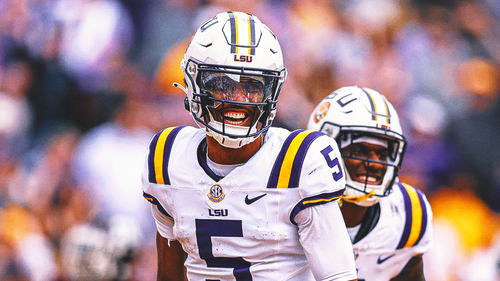
2024 NFL Draft odds: Jayden Daniels' second pick odds shortening

Emoji-Gate not enough to scare Commanders off Jayden Daniels

USC's Caleb Williams says he's a 'big fan' of Washington WR Rome Odunze


2024 NFL mock draft: 4 QBs in top 5, 4 receivers in first 10 picks

5 Bold Predictions for 2024 NFL Draft: Texas DT Byron Murphy a top-10 pick

The art of NFL Draft misdirection: How teams use subterfuge to hide their plans

2024 NFL Draft Schedule: Date, time, how to watch, TV channel

2024 NFL Draft: 5 QBs drafted, Jets add Bowers in Nick Wright's final mock draft

What are Cowboys’ best options at QB if Dak Prescott leaves?

2024 NFL Draft odds: Jayden Daniels' second pick odds shortening

Emoji-Gate not enough to scare Commanders off Jayden Daniels

USC's Caleb Williams says he's a 'big fan' of Washington WR Rome Odunze
